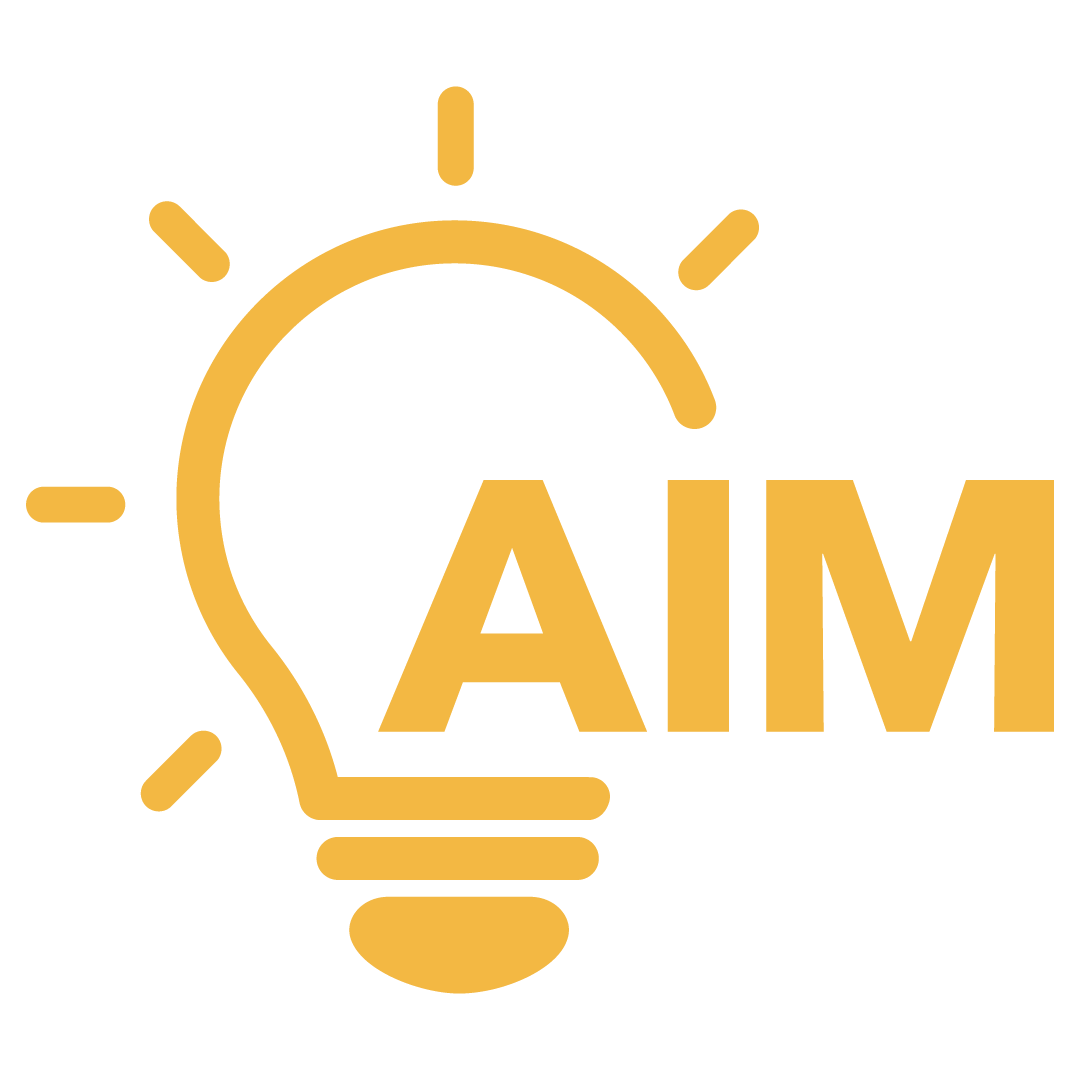
Learning Disability
Learning disabilities are generally defined as deficits in specific areas of reading, writing, and math that are caused by cognitive deficits related to those areas.
How to determine if someone has a learning disability?
To determine whether a student has a learning disability, a thorough evaluation of the student’s personal academic and cognitive strengths and weaknesses must be completed.
What else needs to be considered?
In addition to this evaluation, information about the child’s development and health history, performance in school, and strategies used to remediate academic difficulties are all included.
One of our specialties is determining the difference between a true learning disability and one of the other potential causes of academic difficulties, as mentioned above. Because of our experience and expertise in this area, schools typically accept our evaluations in lieu of requesting a school evaluation, which saves time for parents, students, and schools as well.
In addition to evaluations geared toward schools, we also provide evaluations that follow the Diagnostic and Statistical Manual’s broader definition of learning disorders.
At AIM, all of our evaluators have worked, and in some cases continue to work, in the school setting where we have helped students, families, and schools understand what it means to have a learning disability. Sometimes that means explaining what a learning disability is not, which includes such difficulties as:
Physical or medical conditions
Autism
Developmental delays
Intellectual disabilities
Low intelligence
Emotional or behavioral disorders
Environmental challenges
Cultural or language differences
Motor difficulties
Hearing or vision impairments
In the school world, learning disabilities are defined in one of the following areas:
Basic Reading
Reading Comprehension
Reading Fluency
Math Calculation
Math Problem Solving
Written Expression
Oral Expression
Listening Comprehension
